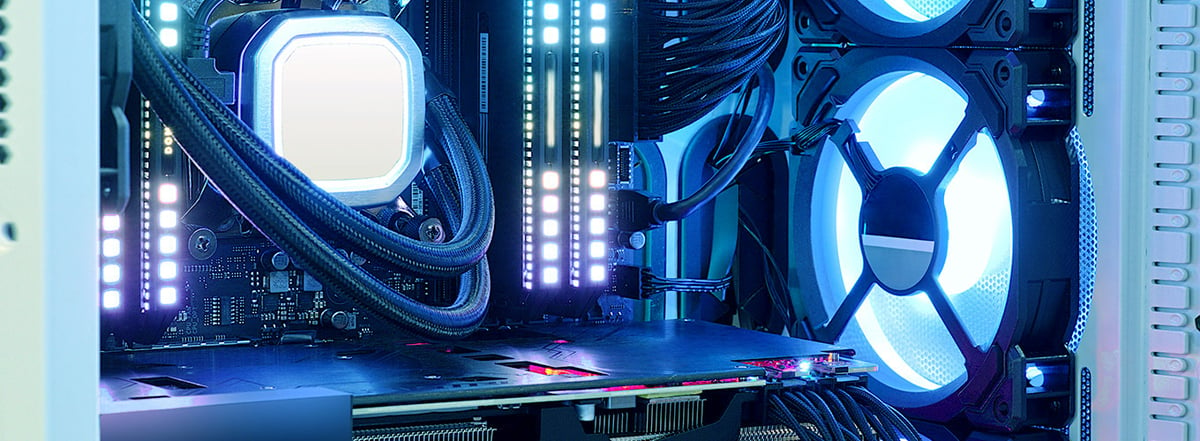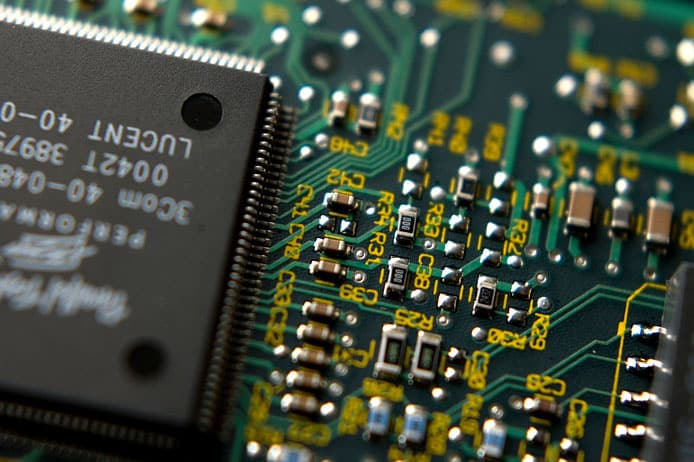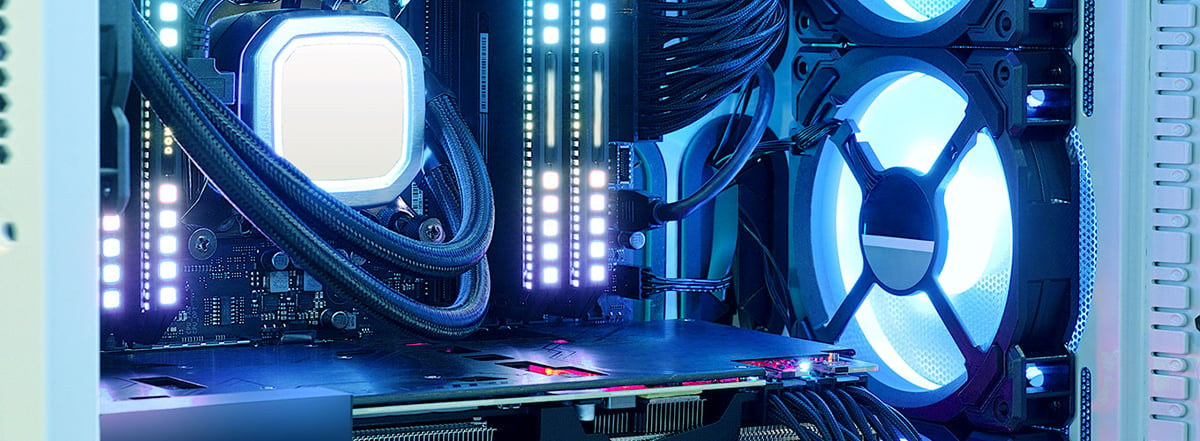As technology continues to advance, the processing power of computers has significantly increased. One major factor that contributes to this is the presence of multiple cores in a CPU. Each core acts as an individual processor, allowing for faster and more efficient data processing.
However, many users are unaware of how to utilize all cores on their CPU effectively. In this article, we will discuss the steps and techniques on how to use all cores on CPU, maximizing its performance and boosting your overall computing experience.
Contents
Understanding Cores and Threads
Before diving into the details of using all cores on CPU, it is essential to understand the basics of cores and threads. A core refers to the physical processing unit within a CPU, while a thread is a virtual processing unit created within a core. A single-core CPU can only process one thread at a time, whereas a multi-core CPU can handle multiple threads simultaneously. Both cores and threads play a crucial role in determining the overall performance of a CPU.
The Benefits of Utilizing All Cores on CPU
The primary benefit of using all cores on CPU is improved performance. By utilizing multiple cores, tasks can be divided and processed simultaneously, resulting in faster processing speeds. Additionally, it allows for better multitasking, as each core can handle different processes simultaneously without affecting each other’s performance. This is especially beneficial for power users who often run multiple applications at once.
Another significant benefit is enhanced efficiency. With all cores being utilized, the workload is evenly distributed among them, preventing overwork on a particular core. This results in better heat management, reducing the chances of overheating and increasing the lifespan of your CPU.
How to Enable All Cores on CPU
Now that we have established the importance of utilizing all cores on CPU let us dive into the steps on how to enable them. Please note that these steps may vary depending on your operating system and CPU model, but the general process remains the same.
Step 1: Check if All Cores are Enabled
The first step is to check if all cores are currently enabled on your CPU. To do this, open the Task Manager on your Windows PC and go to the Performance tab. Here you will see the number of cores and threads your CPU has. If the number shown is less than the actual number of cores, it means that some cores are not being utilized.
Step 2: Enable All Cores in BIOS
To fully enable all cores on your CPU, you will need to access the BIOS (Basic Input/Output System) settings. To do this, restart your computer and enter the BIOS setup by pressing the designated key (usually F2 or Delete) as soon as your computer starts up. Once in the BIOS setup, navigate to the Advanced or CPU Configuration section and look for an option to enable multi-core processing. Select this option and save the changes before exiting the BIOS.
Step 3: Set Affinity for Applications
Once all cores are enabled, you can set the affinity for specific applications to utilize all cores. This allows you to allocate a particular application to run on a specific core, ensuring efficient use of all cores. To do this, open the Task Manager, right-click on the application you want to change, and click on “Set affinity.” Here you can enable or disable the cores as desired.
Best Practices for Utilizing All Cores on CPU
Apart from the steps mentioned above, there are a few best practices that you can adopt to make the most out of all cores on your CPU.
Use Multithreaded Applications
One of the ways to ensure all cores on your CPU are being utilized is by using multithreaded applications. These are programs designed to split tasks into multiple threads, allowing them to be processed simultaneously by different cores. Some examples of multithreaded applications include video editing software, 3D rendering programs, and gaming engines.
Keep Your System Updated
Keeping your operating system and drivers up to date is crucial for efficient utilization of all cores on CPU. Updates often include performance enhancements and bug fixes that can improve the overall performance of your CPU. Make sure to regularly check for updates and install them promptly.
Monitor Your System’s Temperature
As mentioned earlier, using all cores on your CPU can result in better heat management. However, it is still essential to monitor your system’s temperature to avoid overheating. High temperatures can lead to performance issues and can even damage your CPU in the long run. Consider installing a temperature monitoring software and make sure to keep your system well-ventilated.
Common Misconceptions about Using All Cores on CPU
There are several misconceptions surrounding the use of all cores on CPU that may hinder users from fully utilizing their CPU’s capabilities. Let us debunk some of these myths.
Myth 1: More cores equal better performance
While having multiple cores can significantly improve performance, it is not the sole factor. Other components such as clock speed, cache memory, and architecture also play a crucial role in determining the overall performance of a CPU.
Myth 2: All applications will utilize all cores
Unfortunately, this is not always the case. As mentioned earlier, some applications are not designed to use all cores, and therefore, you may not see an improvement in performance for those specific programs.
Myth 3: Overclocking will automatically utilize all cores
Overclocking is the process of increasing a processor’s clock speed to achieve better performance. While it can help in utilizing all cores, it is essential to do so carefully, as it can lead to overheating and potential damage to your CPU if not done correctly.
Conclusion
In conclusion, utilizing all cores on CPU is essential for optimized performance and efficient multitasking. By following the steps mentioned above and adopting best practices, you can maximize your CPU’s capabilities and improve your overall computing experience. Remember to regularly monitor your system’s temperature and keep your operating system and drivers up to date for optimal results. With this guide, you are now equipped with the knowledge to utilize all cores on your CPU effectively.

Information Security Asia is the go-to website for the latest cybersecurity and tech news in various sectors. Our expert writers provide insights and analysis that you can trust, so you can stay ahead of the curve and protect your business. Whether you are a small business, an enterprise or even a government agency, we have the latest updates and advice for all aspects of cybersecurity.





